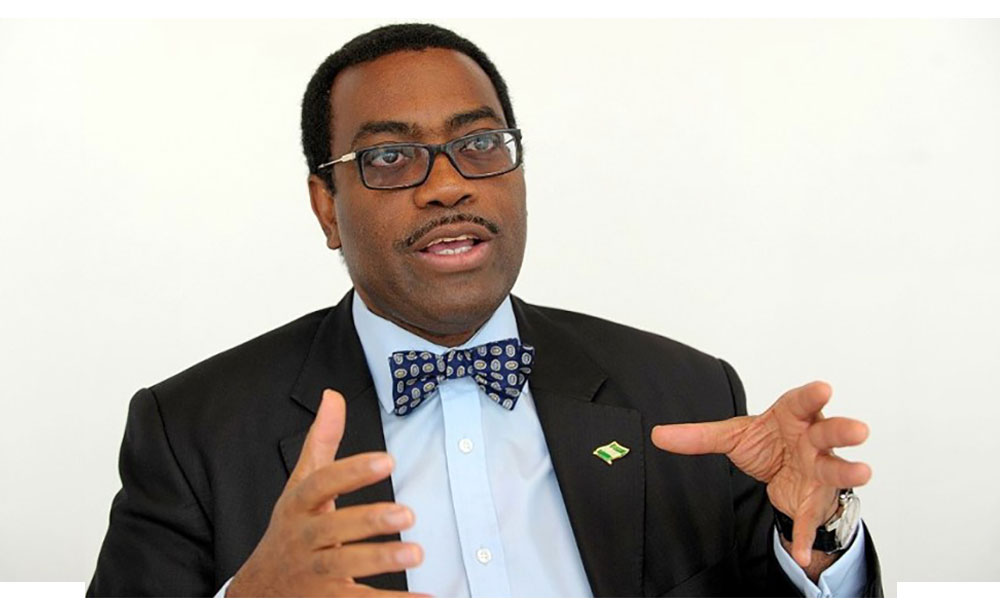The International Finance Corporation (IFC) has projected that Africa must double its annual digital infrastructure expenditure to $6 billion to bridge the connectivity gap between people and businesses. This investment aims to deploy more fiber optic cables from coastal landing points to urban areas and homes, enhancing internet connectivity, fostering digital inclusion, and unlocking the continent’s economic potential.
Importance of Digital Investment
Susan Lund, IFC’s Vice President of Economics and Private Sector Development, emphasized that the proposed $6 billion is a starting point. This figure covers only the capital expenditure for building digital infrastructure, excluding the operational costs required for maintenance and management.
Lund highlighted that despite significant investments by the World Bank Group in sub-Saharan Africa—totaling $2.8 billion over the past decade—the need for further investment is critical. The IFC has set a new target of $10 billion for digital infrastructure development by 2024. This funding will primarily support innovative businesses driving digital adoption across various sectors.
Current Digital Landscape
A survey of firms across 54 African countries revealed that many businesses have yet to fully embrace the digital marketplace. In nations like Ethiopia, Ghana, Kenya, Nigeria, South Africa, and Uganda, only 5 percent of businesses with fewer than five employees have internet-connected computers. High-speed internet inaccessibility, due to a lack of fiber optic cables, and the high cost of smartphones for digital payments are major barriers.
Additional Funding Needs
The survey indicated that an additional $2.7 billion is required to help small and medium-sized businesses (SMEs) in Africa undergo digital transformation. This funding is particularly vital for firms in the manufacturing and agriculture sectors, where digital technology can significantly enhance operational efficiency.
Potential of Submarine Cables
The arrival of new submarine cables on the African continent is seen as a positive development. With around 30 submarine cables providing hundreds of terabytes of internet capacity, there is enormous potential for widespread connectivity. However, transmitting this capacity to cities and regions where it can be utilized remains a costly and complex challenge.
Role of SMEs in Africa’s Economy
The IFC report underscores the critical role of SMEs in Africa’s economy. These businesses employ around 70 percent of the African labor force, accounting for approximately 400 million workers. Ensuring they have access to digital infrastructure can significantly improve productivity and sustain employment opportunities.
Conclusion
Targeted investments in digital infrastructure for small businesses are essential. By enhancing their digital capabilities, productivity can be improved, and economic growth can be driven, securing employment for millions across the continent. The IFC’s ambitious investment targets and the strategic deployment of fiber optic networks are crucial steps toward realizing this vision










